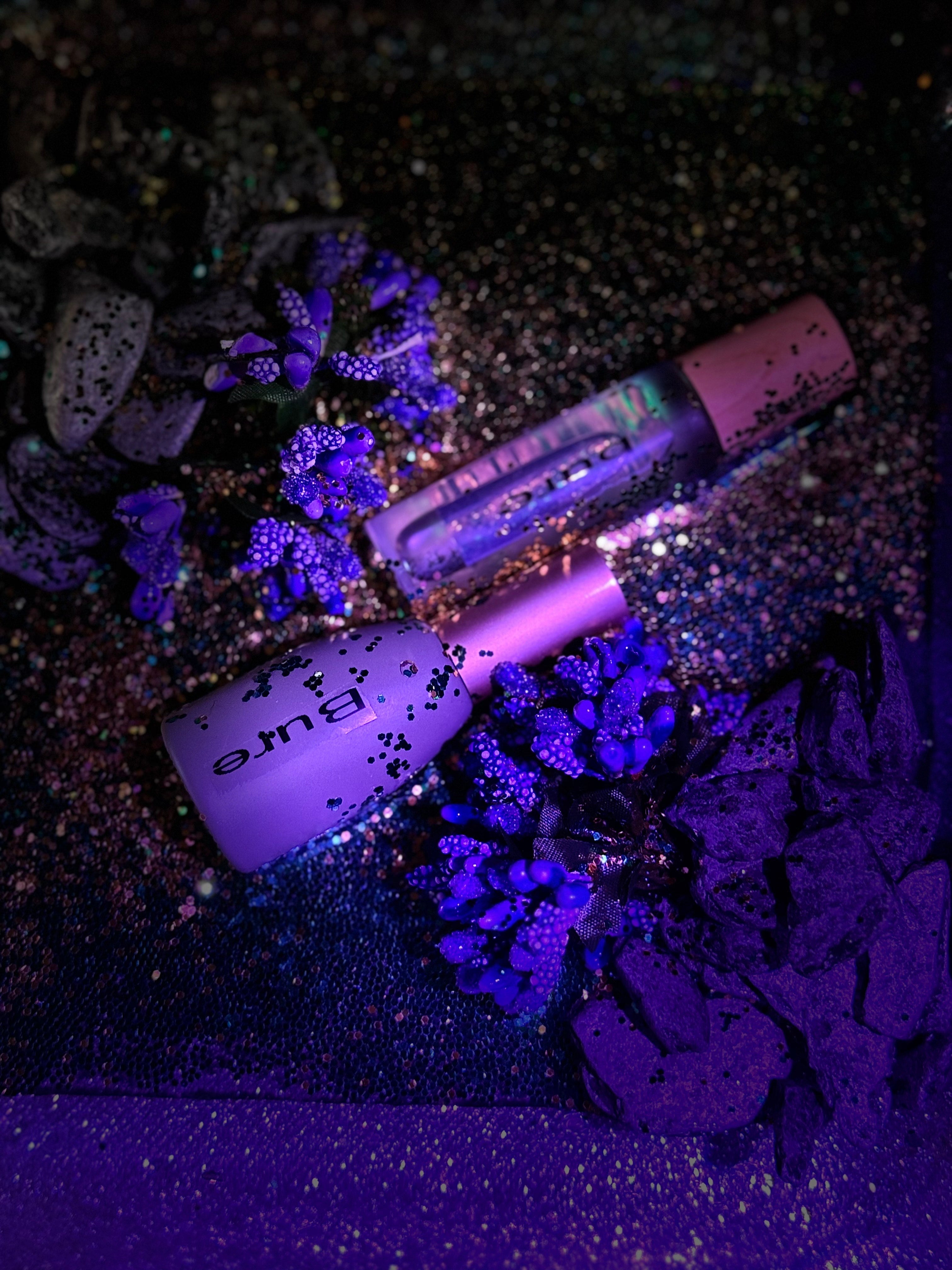
About Us
The Middle East has long been recognized as a significant hub for the production of high-quality perfumes, characterized by their rich and diverse fragrance profiles. The region's unique climate and cultural heritage contribute to the creation of scents that are both captivating and complex. This page aims to provide an overview of the characteristics, ingredients, and significance of Middle Eastern perfumes, particularly those offered in smaller bottles.
One of the defining features of Middle Eastern perfumes is their use of natural ingredients, which often include a variety of essential oils, resins, and aromatic compounds. Commonly used materials include rose, jasmine, and amber, each contributing to the overall scent profile. Derived from the agarwood tree, is particularly prized for its deep, woody aroma and is often considered one of the most luxurious fragrance ingredients in the world.
Rose oil is another staple in Middle Eastern perfumery. The region is home to some of the finest rose varieties, particularly the Damask rose, which is known for its rich and complex scent. The extraction of rose oil is a meticulous process, often requiring thousands of petals to produce just a small amount of oil. This labor-intensive method contributes to the high value of rose-based fragrances, which can command prices that reflect their quality and rarity.
The trend of offering perfumes in smaller bottles has gained popularity in recent years. This format not only provides consumers with a more accessible option but also allows for greater experimentation with different scents. Smaller bottles typically range from 10ml to 30ml, making them ideal for travel or for those who wish to sample a variety of fragrances without committing to a larger size. Research indicates that the global market for travel-sized and mini perfumes is expected to grow by approximately 5% annually, reflecting a shift in consumer preferences towards convenience and versatility.
Furthermore, the cultural significance of perfumes in Middle Eastern societies cannot be overstated. Fragrance plays a vital role in social interactions, celebrations, and personal expression. It is common for individuals to apply perfume before attending gatherings, as it is seen as a reflection of one's personality and status. In many cases, the act of gifting perfumes is also a cherished tradition, symbolizing respect and affection.
In conclusion, Middle Eastern perfumes, particularly those offered in smaller bottles, represent a unique blend of tradition, craftsmanship, and modern consumer preferences. The use of high-quality ingredients, combined with the cultural significance of fragrance, positions these products as not only luxurious but also deeply meaningful. As the market for perfumes continues to evolve, the enduring appeal of Middle Eastern scents remains a testament to their rich heritage and the artistry involved in their creation.
